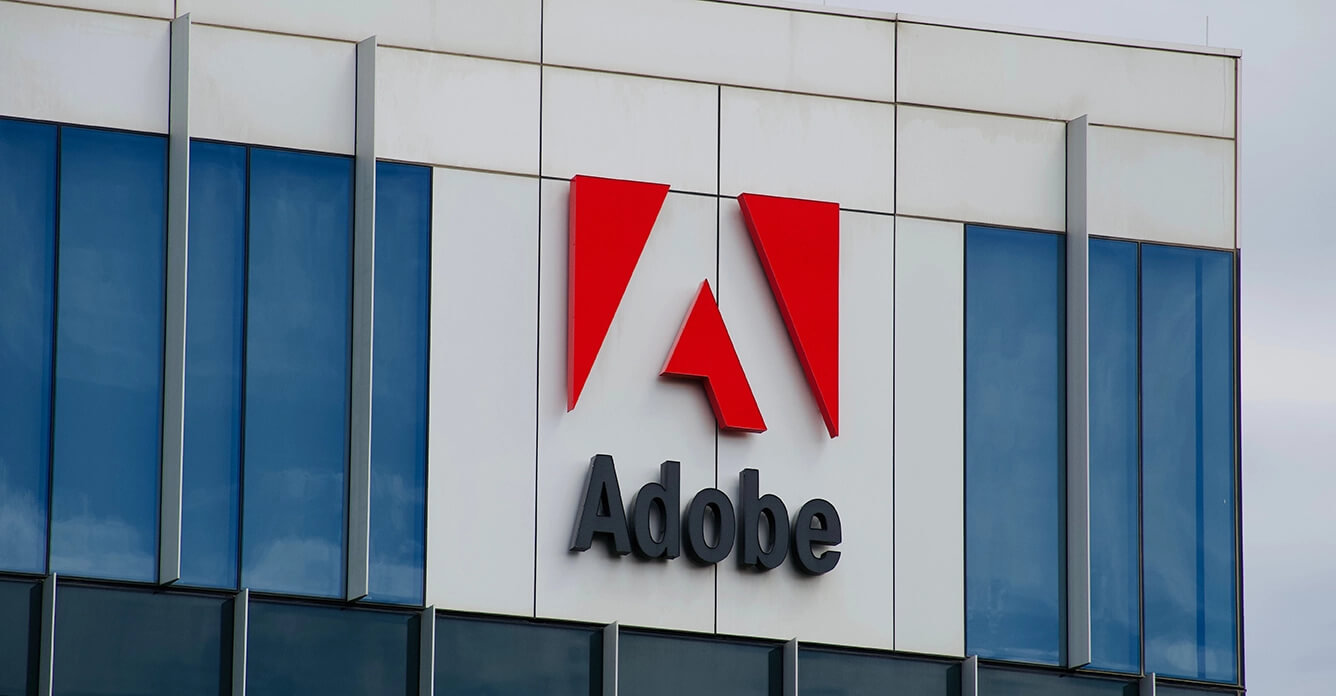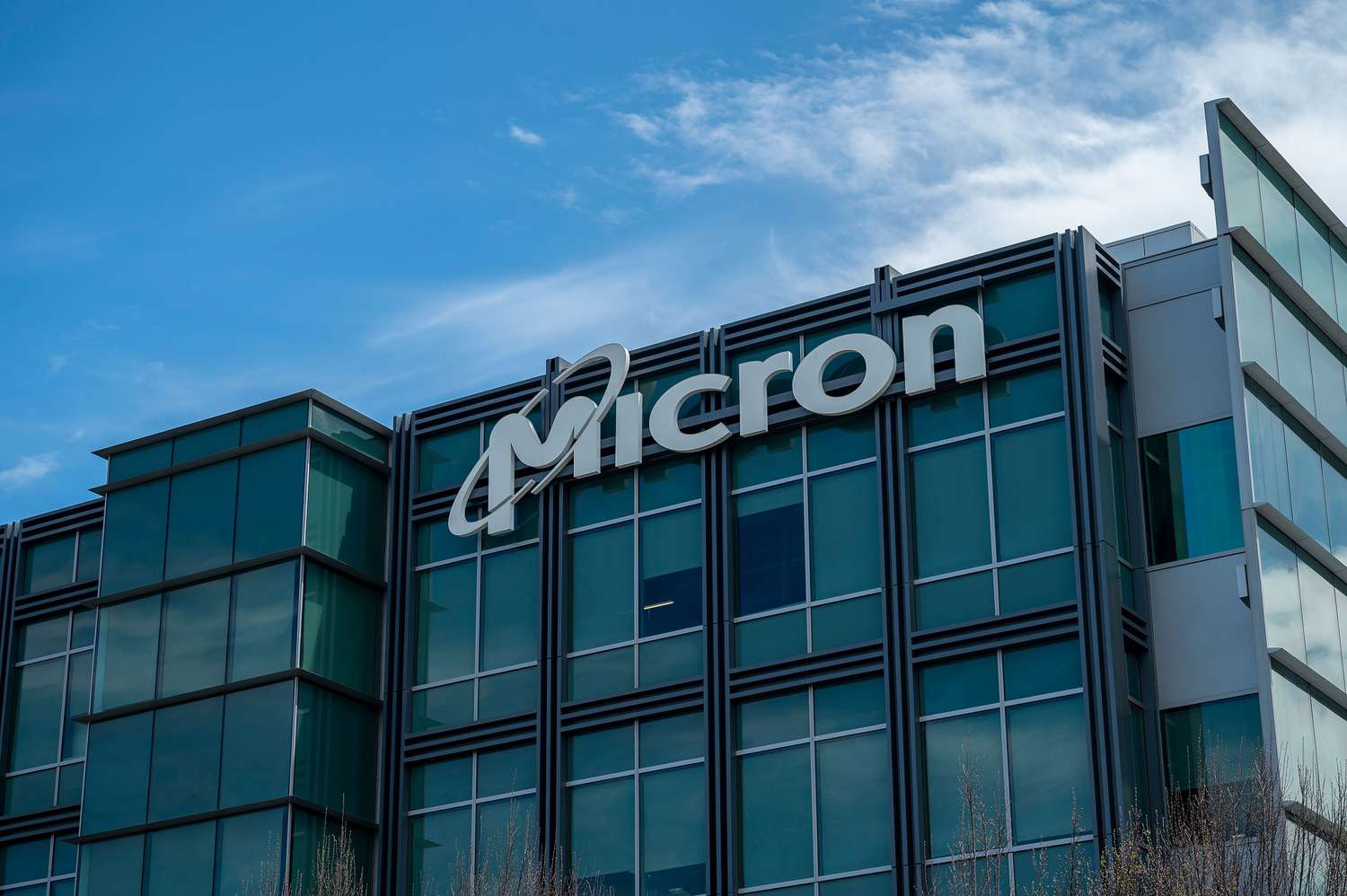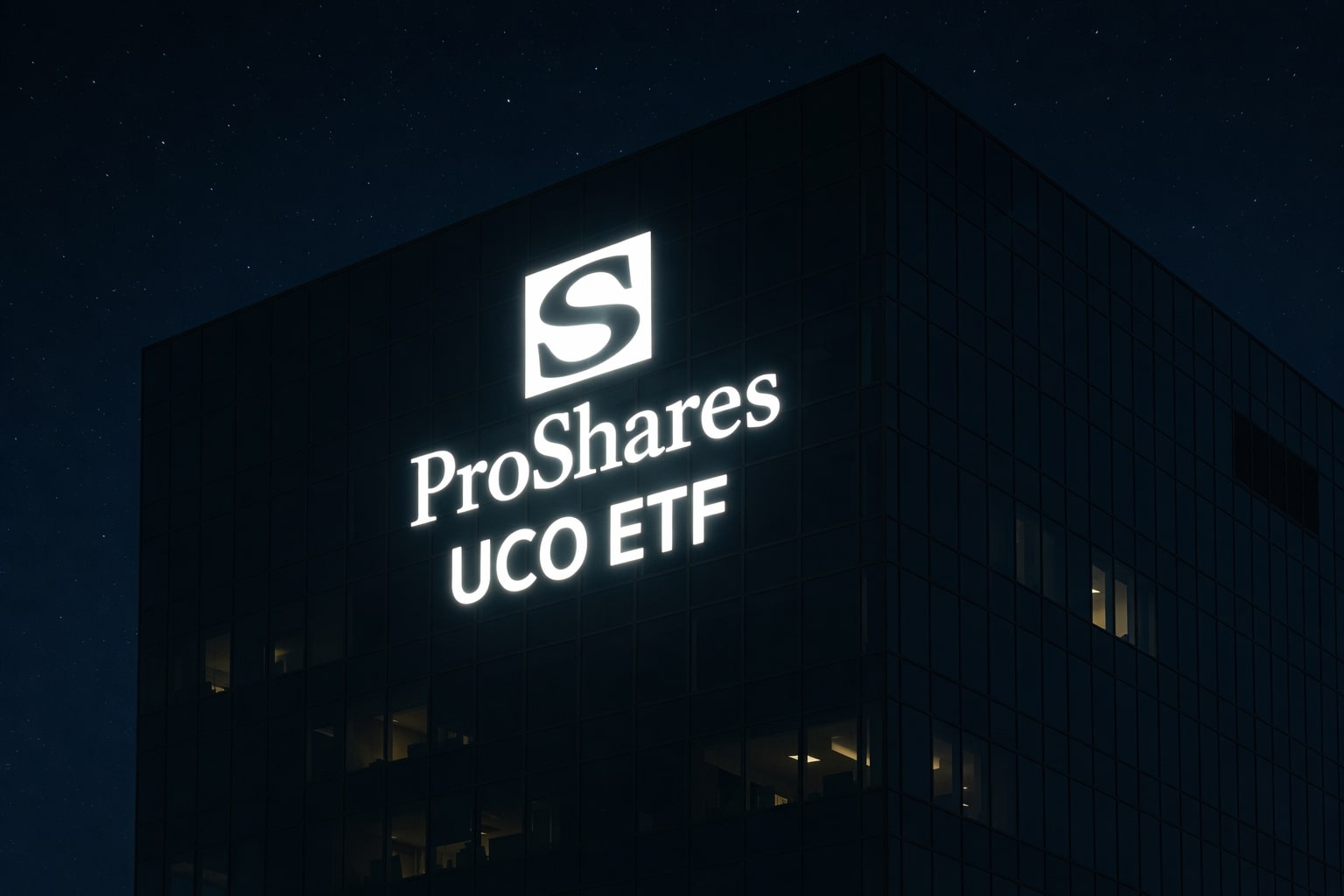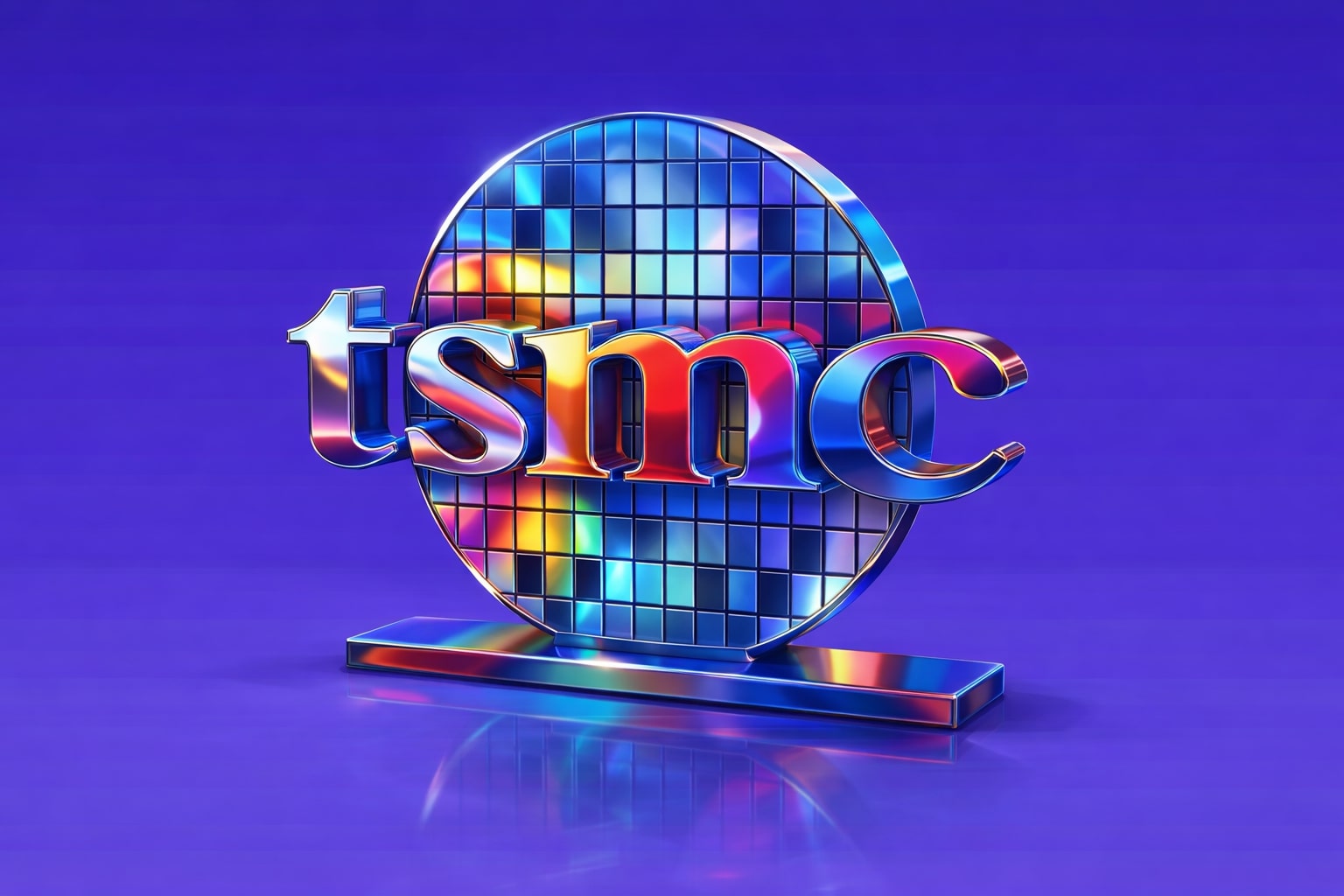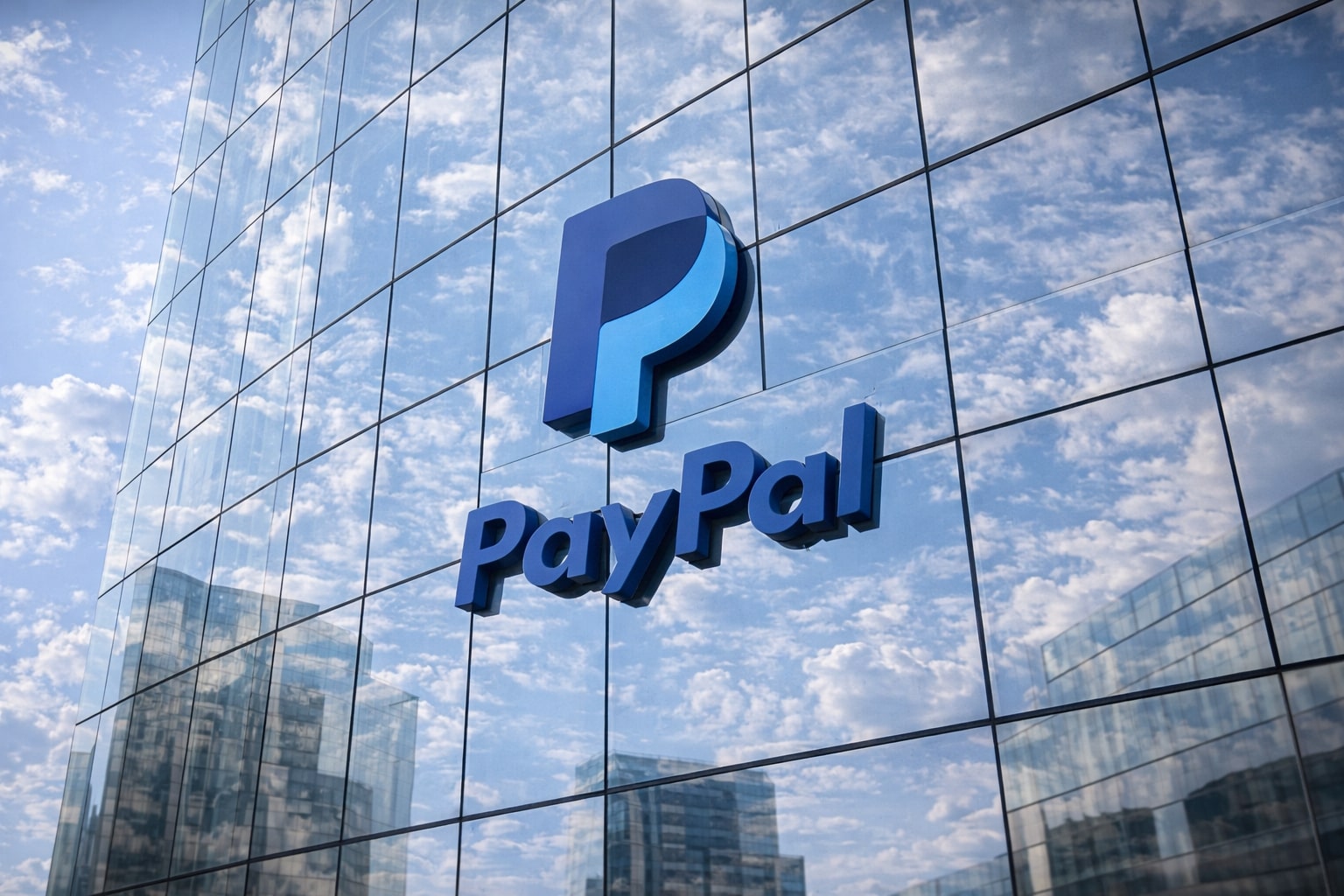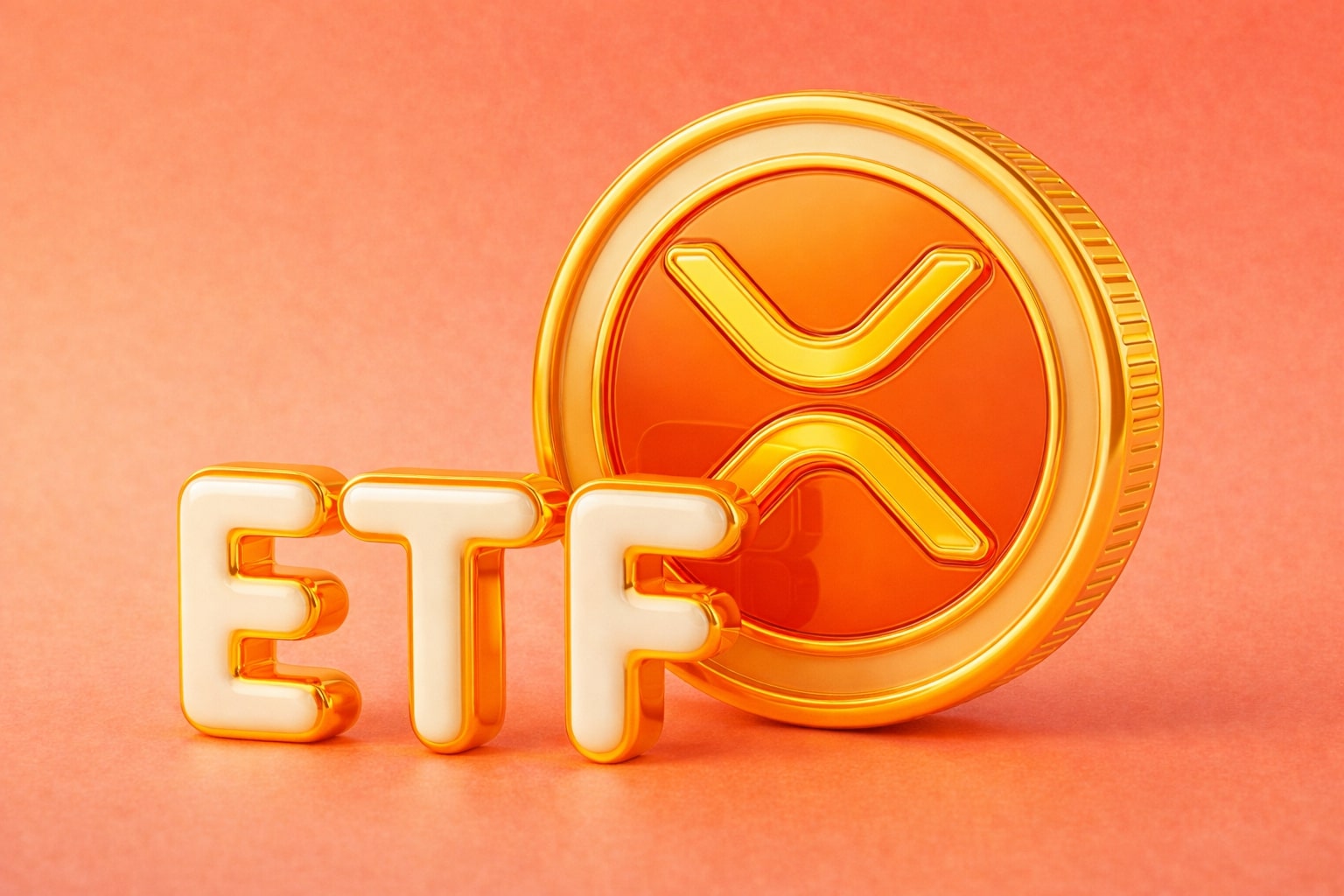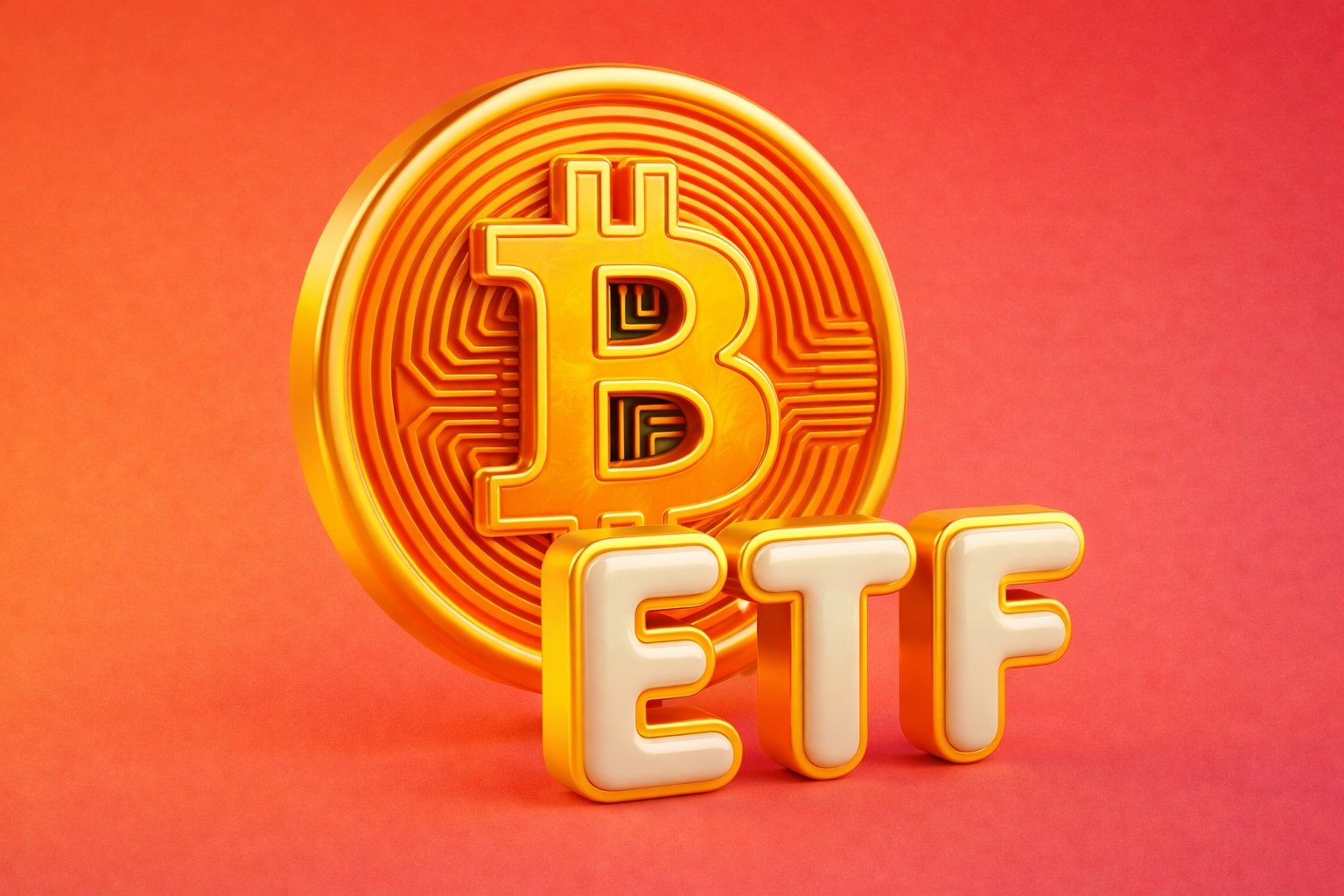Comparing the YieldMax Magnificent 7 Fund (YMAG) and the YieldMax Universe Fund (YMAX): A Comprehensive Analysis
When it comes to investing in high-yield ETFs, YMAG (YieldMax Magnificent 7 Fund) and YMAX (YieldMax Universe Fund) offer two distinct strategies that cater to different investor preferences. Let's take a deep dive into how these two funds compare, focusing on their underlying strategies, performance, yield potential, and overall suitability for investors.
YMAG (NYSEARCA:YMAG) – Targeted High-Growth Strategy with Covered Calls
The YMAG ETF focuses primarily on the Magnificent 7 tech stocks, including Apple (AAPL), Microsoft (MSFT), NVIDIA (NVDA), and others that have been highly influential in technology and consumer trends. The fund applies a covered call strategy to these stocks, which involves writing call options on the stocks it holds to generate additional income through option premiums. This strategy, while generating strong short-term income, caps the potential upside of the underlying stocks.
Currently, YMAG offers a yield of approximately 27%, which, although attractive, is subject to volatility based on the performance of the underlying stocks. At a current price of $19.87, the fund’s yield is generated primarily by selling calls against its holdings, which limits its growth potential. The covered calls strategy helps mitigate risk by providing income during market downturns, but during periods of significant market growth, the upside is limited. Given the current market environment, YMAG offers a reliable income stream, but investors should be aware of the opportunity cost—potential upside is muted as it sacrifices growth in exchange for consistent premiums.
YMAX (NYSEARCA:YMAX) – Diversification and Higher Yield Potential
On the other hand, YMAX follows a fund-of-funds structure and invests in a broader set of YieldMax ETFs, rather than focusing solely on the Magnificent 7 stocks. YMAX holds 29 YieldMax funds that employ the same covered call strategies, providing a more diversified approach. This diversification is key because it spreads the risk across various sectors and companies, reducing the idiosyncratic risk associated with focusing on only seven stocks.
Currently, YMAX has an eye-catching distribution yield of 47.25%, which is significantly higher than YMAG’s. However, it’s important to note that YMAX’s yield is driven by a broader array of options strategies from the underlying funds, including synthetic covered calls. The price of YMAX is $10.55, and its yield is derived from premiums earned through the selling of calls on a wider range of stocks. However, just like YMAG, YMAX faces the downside of a declining NAV (Net Asset Value) when the stocks in its underlying funds experience losses. Despite this, YMAX still delivers high yields but with the added risk of NAV erosion.
Key Differences in Strategy and Risk Profile
-
Strategy:
-
YMAG targets the high-growth potential of the Magnificent 7 stocks using a covered call strategy. The fund offers concentrated exposure to these top-performing tech giants but limits upside during bullish periods due to the nature of the call options.
-
YMAX, by contrast, diversifies its exposure across 29 different YieldMax funds, offering broad-based diversification with a higher yield potential. It follows a fund-of-funds strategy, providing exposure to various sectors beyond just the tech space.
-
-
Performance and Yield:
-
YMAG delivers a 27% yield, which, while attractive, is derived from its concentrated tech stock holdings and options strategy. It’s well-suited for investors seeking high income from volatile stocks like NVIDIA (NVDA) and Tesla (TSLA), but its capped upside limits its growth.
-
YMAX, with its 47.25% yield, offers a higher distribution rate but comes with greater exposure to the potential volatility of its broader portfolio. Its NAV can suffer due to the downside risk of its underlying funds, but the higher yield may appeal to investors looking for substantial income generation.
-
-
Risk Profile:
-
YMAG’s risk profile is heavily tied to the performance of the Magnificent 7 stocks, which can be volatile but are considered to have strong growth potential. However, because of the covered calls strategy, YMAG’s upside is capped, making it less suited for those seeking major capital gains.
-
YMAX offers more diversification, which may reduce some of the idiosyncratic risks of investing in a small set of stocks. However, this diversification also means YMAX is exposed to broader risks from its 29 underlying YieldMax funds. It can still suffer from NAV erosion if the performance of these funds is weak, especially when the broader market faces downturns.
-
-
Fees:
-
YMAG charges a 1.29% total fee, which includes 0.99% in fees from its underlying funds and 0.29% in the fund’s own management fees. While this is a reasonable fee for a fund of its kind, it’s important for investors to consider this cost in relation to the high yield.
-
YMAX also carries 1.28% total fees, with 0.99% coming from the underlying funds and 0.29% for its own management. While this fee structure is comparable to YMAG’s, the additional fee burden may be a downside for those sensitive to fees.
-
Which Fund Should You Choose?
-
For Income-Heavy Strategies: If you are an investor focused on high yield income and can tolerate more volatility, YMAX with its 47.25% yield could be an attractive option. The fund’s diversification across 29 different YieldMax funds provides a broader exposure and higher yield potential, though it does come with the risk of NAV erosion during market downturns.
-
For Concentrated Tech Exposure: If you’re more interested in concentrated exposure to top tech stocks with a somewhat more predictable but still high income stream, YMAG is the better choice. Its 27% yield is supported by the strong momentum in the Magnificent 7 stocks, but be prepared for limited upside potential due to the covered call strategy.
In conclusion, YMAX offers more diversification and a higher yield but comes with greater exposure to potential NAV losses. YMAG, on the other hand, provides targeted exposure to the high-growth tech sector with a more stable income stream but limited upside. Both ETFs provide substantial yields, but your choice depends on whether you prioritize diversification or concentrated growth from specific stocks.









